
Busy commuters’ station that has kept its historic charm
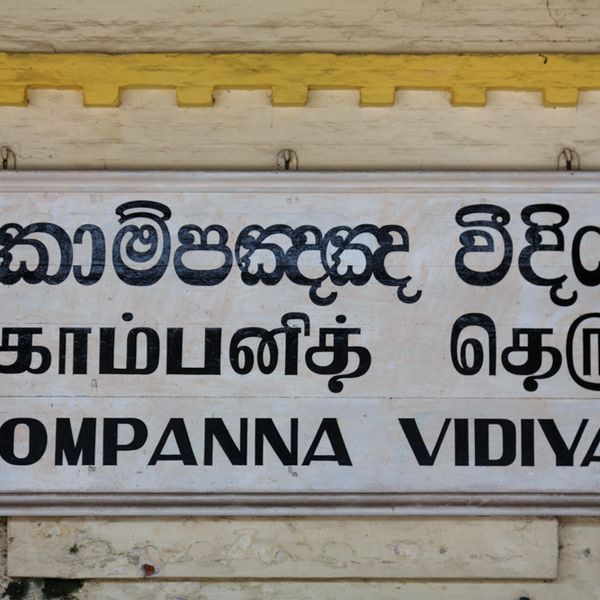
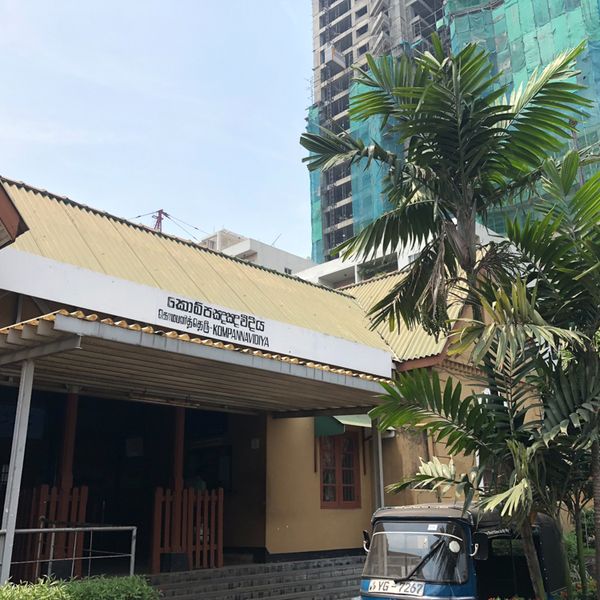

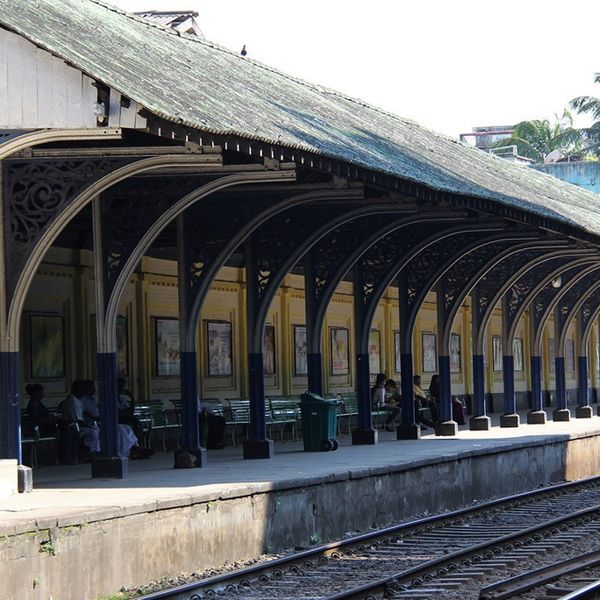
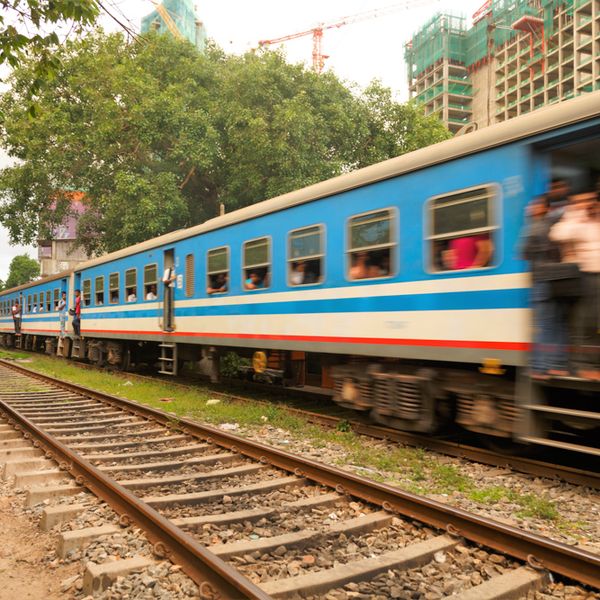
- Kompannavidiya Railway Station, Colombo 02
- 24/7
Historic station
Enter through a curved walkway and you will find yourself at a double-platformed station with giant half arched pillars holding up the structure. The Slave Island Railway Station has retained its look from beyond the years. This busy little station is a proud picture of Victorian architecture, it remains today an emblem of a past as commuters in rush past its stylish arches and ancient woodwork.
What’s in a name
Kompanna Vidiya (Sinhala) and Kumpani Teruvu (Tamil) is how locals know Slave Island. They both mean the same: ‘The Company’s Street’. Where does the name come from? Three stories circulate, the most common one is that the area is named after a ‘company’ of Malay soldiers that was stationed here as part of the Ceylon Rifle Regiment, but there are also people who argue that the name simply is the localised version of the Malay word for village ‘Kampong’.
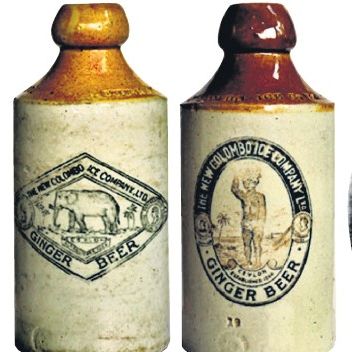
A third version is related to the famous Ceylon Ice Company, founded way back in 1866 here in Slave Island by the German Albert Von Possner, the first one to put fizz into drinks in Ceylon. Its signature ginger beer in amber glass bottles was super popular in the days and since grown into a large food and beverage company, manufacturing under the Elephant brand.
This was one of the first stations to be built in Colombo, a magnificent structure that is larger, more spacious and architecturally superior to many other stations in the country.
Coastal line
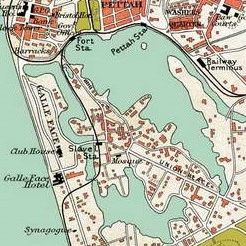
From the city’s central station in Fort the coastline railway route was extended all the way to Matara in the south of the country. The track was originally designed across Galle Face, but already in those days, the promenade was so popular that the railway's planners proposed an alternate route through Slave Island. So, this was one of the first stations to be built in Colombo, boasting a magnificent structure that is larger, more spacious and architecturally superior to many other stations in the country. It was modelled on the Victorian style British Railway Stations and looks remarkably similar to stations on the Liverpool-Manchester and the London-Birmingham line.
